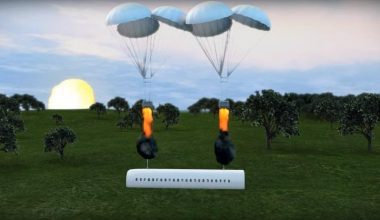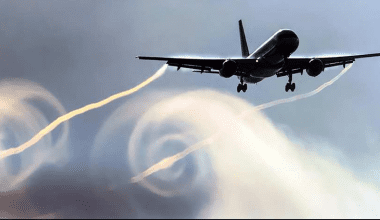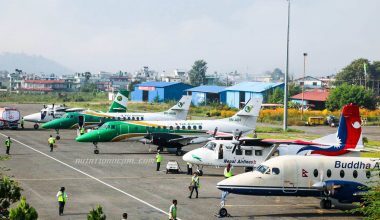Every day, aircraft of different shapes and sizes take off and land at the airport. However, the pilot has no trouble landing and taxing at different airports. Moreover, that is because of the airport marking. Airport markings are designed to fit and guide pilots using visual aids to ensure safe landing and taxing. Have you ever considered how airport markings are arranged or what markings, signs, and types are intended? Airport markings are identified on various airport sites, such as in the runway, taxiway, apron, etc. These markings are drawn on the ICAO guidance so that every pilot can understand them.

There are total of four types of Airport Marking. They are as follow;
- Runway Markings
- Taxiway Markings
- Holding Position Marking
- Other Marking
Under these markings, there are different types as well, where important ones are explained below.
Read More

1. Runway Marking
Runway Designation Markings
Runway designation markings are numbers and letters that identify a runway. The number is measured from the direction of the approach. It is centered on the magnetic orientation of the centerline of the runway. The letters distinguish between left (L), right (R), or center (C) parallel runways, as applicable.
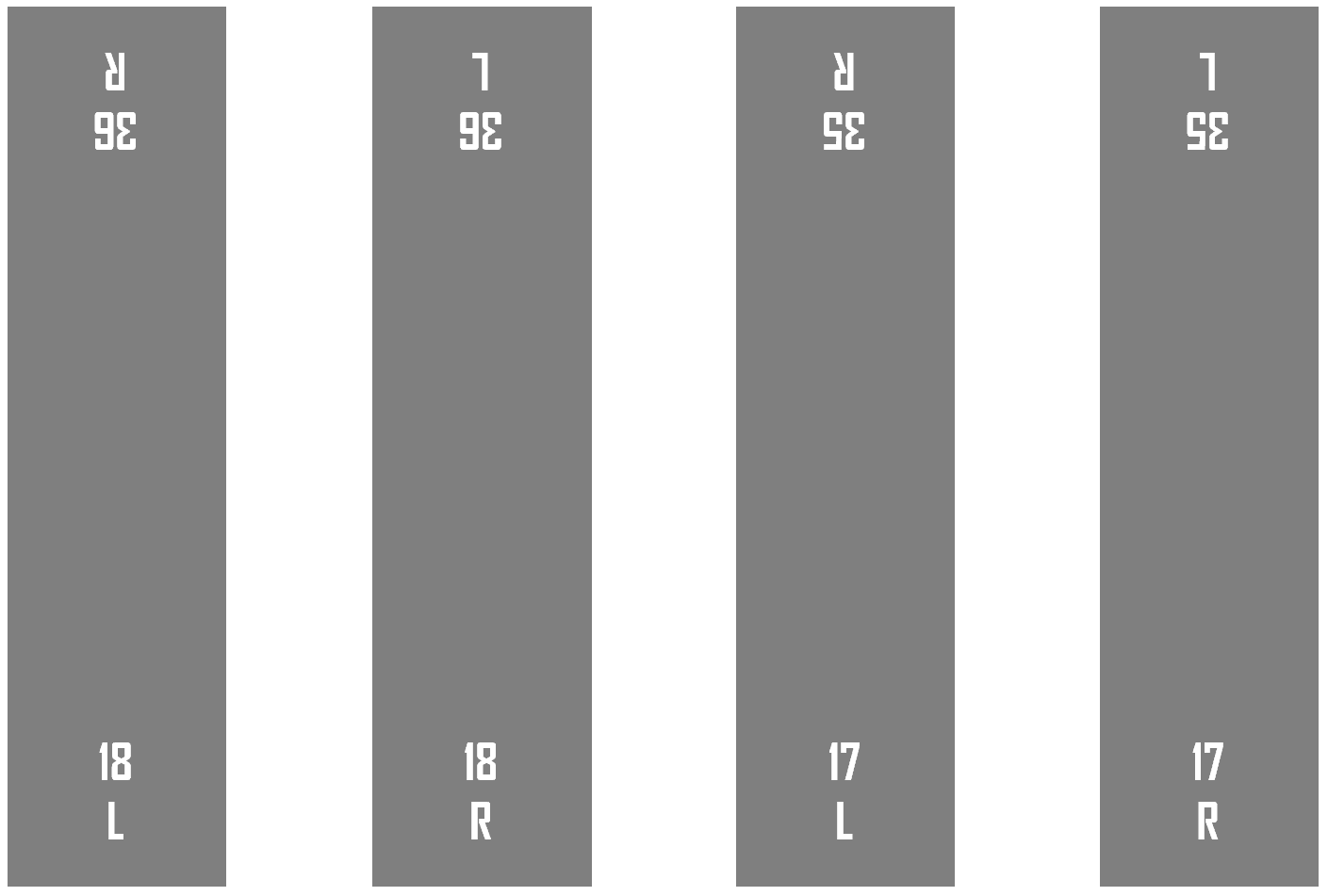
Runway Centerline Markings
Runway centerline marking designates the runway center and provides aircraft orientation instructions during take-off and landing. The stripes are 120 ft long with 80 ft gaps.

Runway Aiming Point Markings
Runway aiming point markings act as a visual target point for a landing aircraft. The two rectangular markers consist of a broad white stripe situated on either side of the runway’s centerline and roughly 1,000 ft from the landing threshold. The markings are 100 ft to 150 ft in length, depending on the length of the runway.
Runway Touchdown Zone Markers
Runway touchdown zone markers help identify the touchdown zone for landing operations. Such markers consist of a collection of rectangular bars of one, two and three, perfectly symmetrical placed in pairs around the centerline of the runway.
Runway Side Stripe Markings
Runway side stripe markings consist of continuous white lines on either side of the runway. These markings provide visual contrast between the pavement of the runway and the ground.
Runway Shoulder Markings
Runway shoulder markings consist of continuous yellow stripes used as appropriate to distinguish the pavement next to the runway that is not intended for use by aircraft.
Runway Threshold Markings
The runway threshold markings signify the start of the runway that is usable for landing. The runway threshold markings are usable in two configurations. These markings have eight stripes of uniform size, or the number of stripes is related to the width of the runway. Visual runways, without an instrument approach, do not have threshold markings.
2.Taxiway Markings
Usual Centerline Taxiway Markings
Normal centerline taxiway markings are a single continuous yellow line. Ideally, during a taxi, the aircraft should be kept focused over this line. However, being focused on the taxi’s centerline does not guarantee wingtip clearance with other aircraft or objects.
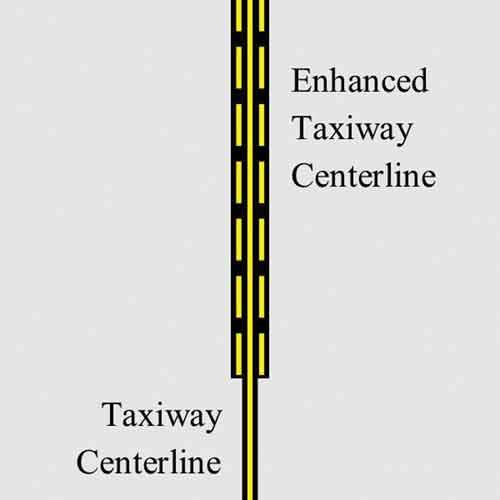
Enhanced Taxiway Centerline Marking
Enhanced taxiway centerline markings are used in larger airports to warn pilots that they are approaching a runway holding a place marking. These markings consist of two parallel, yellow-dashed lines positioned on either side of the taxiway’s usual centerline starting before the runway holding the location marking.
Taxiway Edge Markings
Taxiway edge markings identify the edge of the taxiway, incredibly if the taxiway’s edge does not fit the edge of the pavement. Usually, these markings consist of continuous double yellow lines. Dashed lines are used where the adjacent pavement is supposed to be used by aircraft.

Taxiway Shoulder Markings
Taxiway shoulder markings are yellow stripes used where conditions occur, such as taxiway curves, which may confuse which side of the edge stripe is used by aircraft. The shoulder of a taxiway is not intended for use by aircraft.
Surface Painted Taxiway Direction Sign
Surface painted taxiway direction signs are provided where it is impossible to show the direction of the taxiway at intersections or where it is appropriate to install such signs. These labels have a black backdrop with an illustration that is yellow.
Surface Painted Location Sign
The surface painted location signs are mounted on the right side of the centerline to assist the pilot in verifying the taxiway on which the aircraft is located. These labels have a black background with a yellow inscription.
Geographical Position Marking
Geographical position markings are placed at points along low visibility taxi routes to identify the taxiing aircraft’s location during low visibility operations. These markings are made up of an outer white or black ring with a pink circle in the center. Either a number or a number and a letter are put in the middle of the pink circle.
3. Holding Positing Marking
Runway Holding Position Markings
Runway holding location markings indicate where the aircraft should stop when approaching the runway. These markings consist of four yellow lines, two solid and two dotted, running around the taxiway or the runway’s width. Strong lines are often on the side where the aircraft is to be carried. There are two types of runway holding position marking;
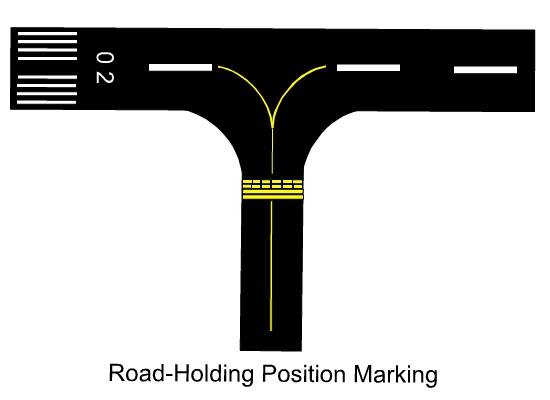
- Runway Holding Position Markings on Taxiway
Marking Runway holding position markings on the taxiways designate the positions where the aircraft must pause when it has no clearance to proceed to the runway. Generally, the runway holding place markings also define the boundary of the runway’s protection area for aircraft leaving the runway.
- Runway Holding Position Markings on Runway

Runway holding position markings on runways are installed when ATC uses a runway for “land, hold short” or taxi operations. These marks are of practical importance only for these two forms of operations. Adjacent to these holding placemarks are mounted a sign with a white inscription on a red background.
4. Other Markings
Vehicles Road Markings
Vehicle road markings are used, where applicable, to identify the route for vehicle operations in or around areas that are also intended for aircraft. Vehicle road markings shall be used, where applicable, to identify the route for vehicle operations in or around areas that are also intended for aircraft.
Zipper Marking
Zipper marking delineate the edges of the pavement of the car. Strong white lines are used instead of dotted lines.
VOR Checkpoint Markings

The VOR checkpoint markings allow the pilot to check aircraft instruments with NAVAID signals. It consists of a painted circle with a middle arrow aligned in the direction of the azimuth checkpoint.
Non-Movement Boundary Marking

Non-movement boundary markings delineate the movement area, an area regulated by the ATC. These marks consist of two yellow lines, one solid and one dotted. The strong line is positioned on the side of the non-movement area (not under ATC control). The dashed yellow line is positioned on the side of the movement field (ATC controlled).
Temporarily Closed Runway and Taxiways

The yellow crosses can be marked as temporarily closed runways and taxiways. A cross can be positioned at each end of the runway instead of permanent markings.
These are some essential and beneficial markings in terms of aviation.




